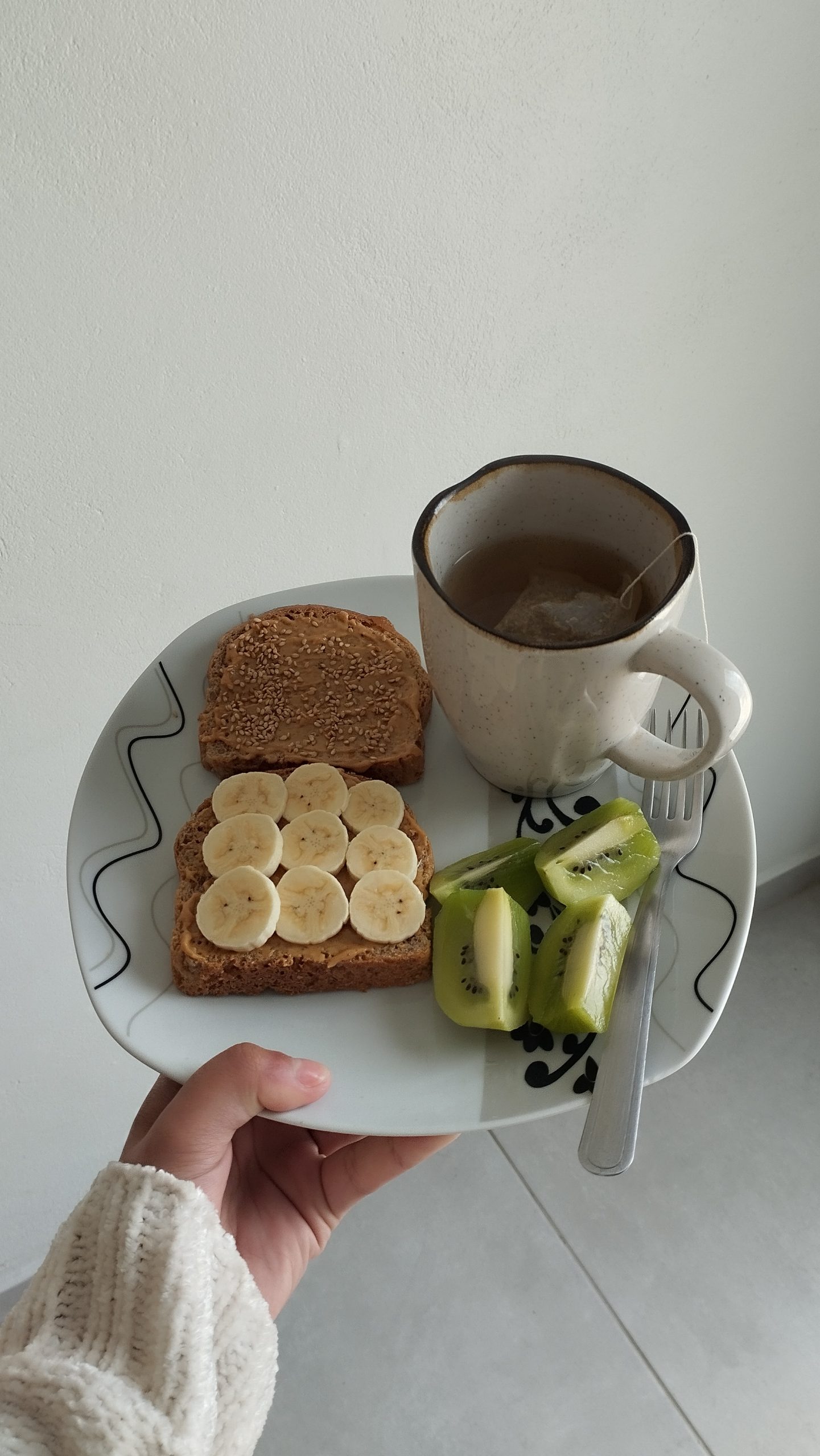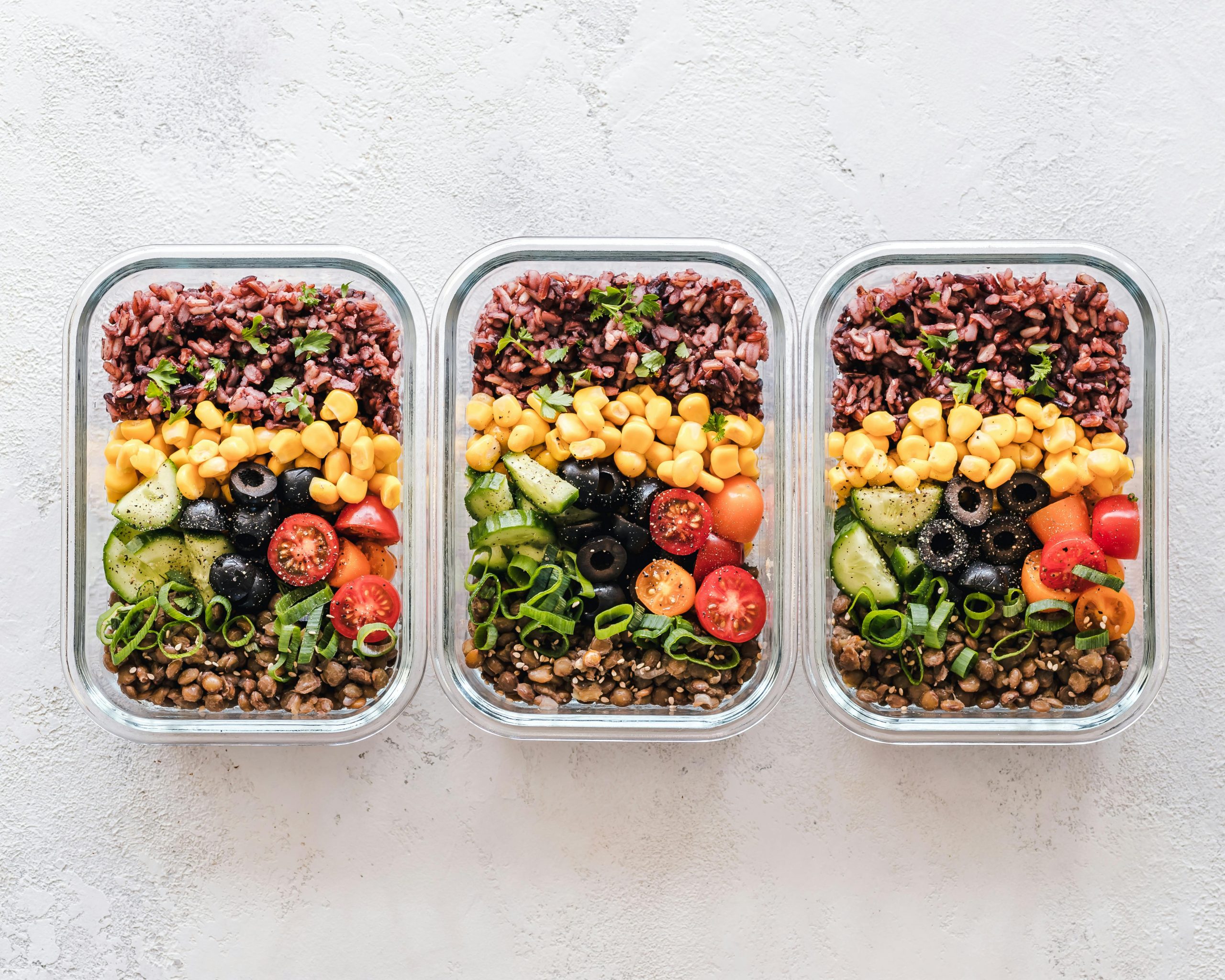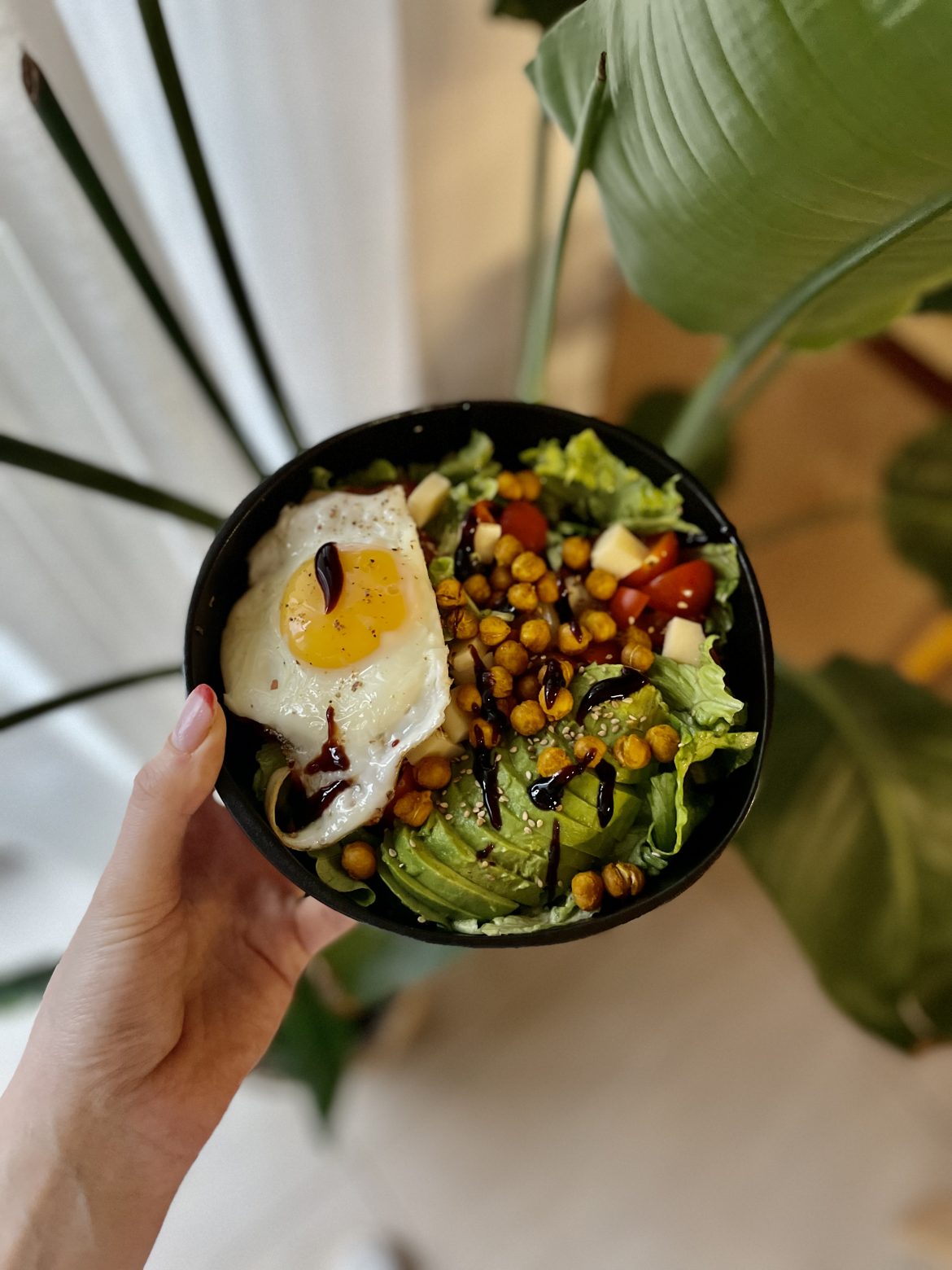One of the most overlooked aspects of healthy eating isn’t what you eat, but how much you eat. Even nutrient-rich meals can become unbalanced if the portions are too large. That’s where portion sizing comes in. A simple yet powerful way to ensure you’re fueling your body with the right amount of food.
Here’s the good news – you don’t need a food scale or measuring cups to practice portion control. Your own hand can serve as the perfect, built-in guide. Since your hand is proportionate to your body size, it makes for a personalized and practical tool for portion control.
What is portion sizing?
Portion sizing is about understanding how much food you should eat in one sitting to meet your body’s nutritional needs – without going overboard. Unlike strict calorie counting, portion control helps you learn balance and mindful eating. It’s a more intuitive approach that can support healthy weight management, better digestion, and long-term well-being.

Using your hand as a portion size indicator
Your hand is always with you, which makes it a convenient measuring tool. Here’s how to break it down:
Protein (meat, chicken, fish, tofu, beans)
A portion about the size of your palm (excluding your fingers) is ideal. This is roughly 20–30 grams of protein, depending on the source.
Carbohydrates (rice, pasta, potatoes, grains)
A serving about the size of your cupped hand is a good measure. This keeps carbs balanced while still providing energy.
Vegetables
Aim for two cupped hands full of veggies. They’re nutrient-rich and low in calories, so you can enjoy larger portions.
Fats (oils, butter, nuts, seeds)
Think of your thumb as a guide. One thumb’s worth of healthy fats per meal is usually enough.
Fruit
A portion about the size of your fist works well—perfect for snacks or as a side to your main meal.
Why this works
Your hand scales with your body size, so the portions naturally adjust for your needs. It also makes healthy eating less complicated – no apps, calculators, or measuring spoons required. This method encourages mindfulness, helping you tune into hunger cues instead of relying solely on numbers.

A quick example plate
-
Palm-sized piece of grilled chicken
-
Cupped hand of brown rice
-
Two cupped hands of roasted vegetables
-
Thumb-sized drizzle of olive oil
Balanced, simple, and satisfying.
Portion sizing with your hand isn’t about restriction – it’s about awareness. It allows you to enjoy your meals without second-guessing, while keeping your health and energy in check.
ALSO SEE:
Why you should consider adding creatine to your supplement routine
Featured Image: DupePhoto

